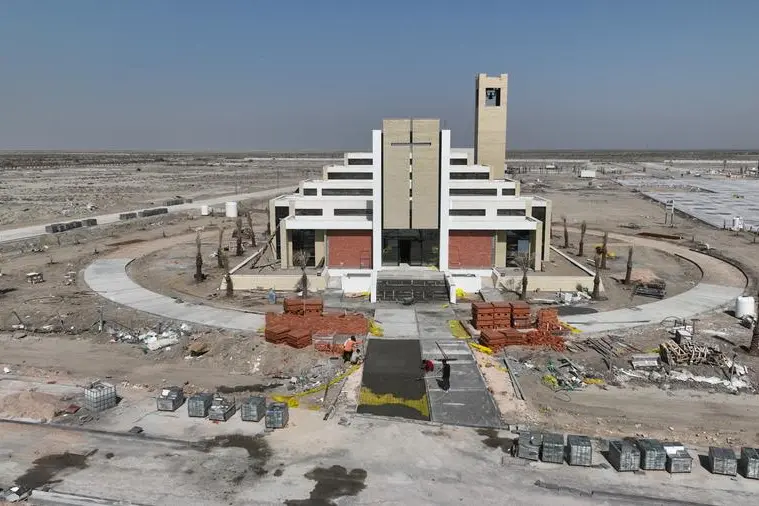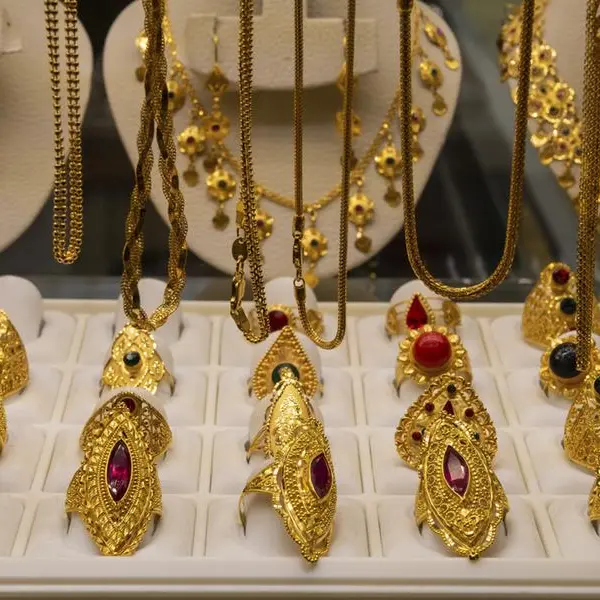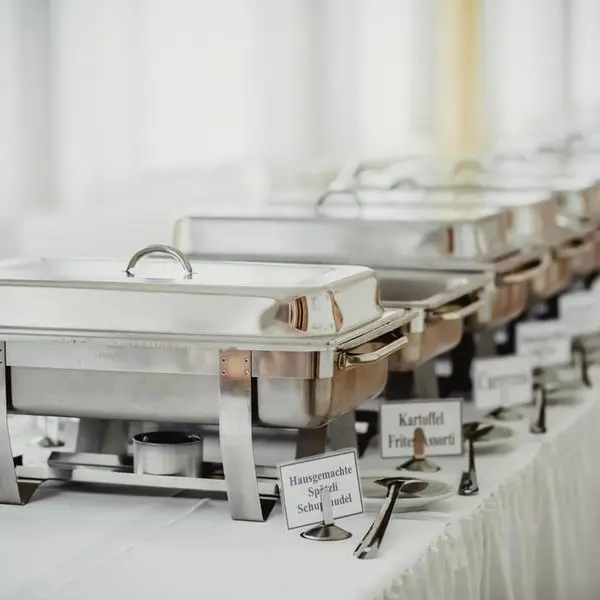PHOTO
The bell of a new church built near Iraq's ancient city of Ur chimed for the first time last week as part of a push to lure back pilgrims to a country that is home to one of the world's oldest Christian communities.
The church is part of a complex that rises from a desert plain in the shadow of the pyramid-shaped Ziggurat of Ur, a city traditionally believed to be the birthplace of the Prophet Abraham that was visited by Pope Francis three years ago.
Construction of the church is to be completed this month. Last week, the large bell was fixed into its steeple, which is made of traditional Iraqi yellowish mud brick. Workers polished the large, brightly-colored stained-glass windows.
On his historic visit to Iraq in March 2021, Pope Francis held an inter-religious prayer at a site in Ur believed to have been the house of Abraham - the father of Christianity, Judaism and Islam.
His visit was a moment of hope for a Christian community that once numbered around 1.5 million, but has shrunk to the low hundreds of thousands in the two decades since the 2003 U.S. invasion that triggered years of sectarian bloodletting.
"The Pope's visit to Iraq, especially to Dhi Qar Governorate and the ancient city of Ur, was of historical importance," said Shamil al-Rumaid, director of antiquities in Dhi Qar province.
"This church was built... near the archaeological sites of the ancient city of Ur so that large numbers of our Christian brothers from all countries of the world can come visit," he said.
Iraq's diverse Christian community was decimated first by al Qaeda's rise in the early 2000s and later by Islamic State, the extremist group that brutally persecuted Christians and other minority faiths and sects from 2014-2017.
The community has struggled to recover since the 2017 defeat of Islamic State in Iraq, plagued by high unemployment and the difficulty of returning to historical Christian areas, some of which remain controlled by armed groups.
(Reporting by Mohammed Kadhim Atti in Dhi Qar; Writing by Timour Azhari; Editing by Ros Russell)





















